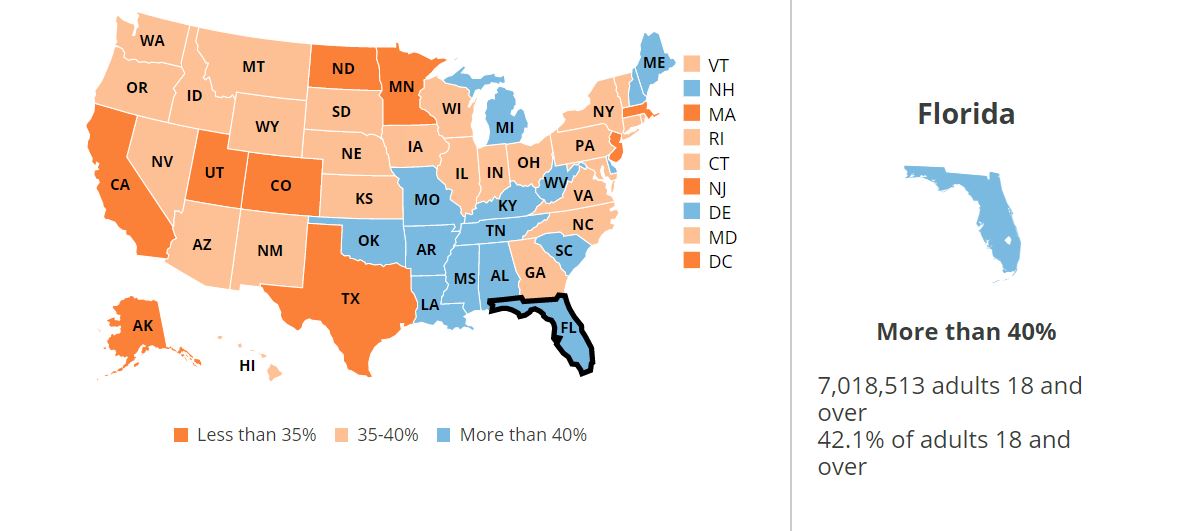- New data shows that residents of 15 states are at the highest risk of serious COVID-19 complications.
- Data based on age and other health-related risk factors provides a detailed glimpse at which states face the biggest challenges.
- We can mitigate these risks by following social distancing guidelines, staying home, and taking sanitization and cleanliness advice seriously.
- Visit BGR’s homepage for more stories.
Every corner of the United States has been affected in some way by the novel coronavirus pandemic. Even if your neck of the woods hasn’t been hit particularly hard by COVID-19, the various lockdown and social distancing measures in place nationwide have no doubt changed your day-to-day life. But how will your state fare in the long term in our fight against the virus? A new research effort by the Kaiser Family Foundation attempts to answer that question.
Using a wealth of data from the Centers for Disease Control and Prevention as well as the World Health Organization, the group analyzed the potential impact of the pandemic on a state level for all fifty US states. Using the CDC’s 2018 Behavioral Risk Factor Surveillance System — a nationwide survey that monitors various health-related factors, the researchers have estimated which state populations are at the highest risk.
KFF provides several interactive maps so you can dive right into the data without feeling overwhelmed, and the statistics are split into three categories that will give you a good idea of who is at risk in your state and why.

The most useful of these breakdowns is the broad look at which states have adult populations most at-risk for severe COVID-19 complications. Divided into groups based on what percentage of the population is at risk, a total of 15 states land in the highest risk bucket, with over 40% of the population considered to be at risk. Those states are:
- Alabama
- Arkansas
- Delaware
- Florida
- Kentucky
- Louisiana
- Maine
- Michigan
- Mississippi
- Missouri
- New Hampshire
- Oklahoma
- South Carolina
- Tennessee
- West Virginia
The additional maps that are provided dive into specific health risk categories, including age. Removing citizens over the age of 65 from the equation paints a slightly different picture of state health, while only looking at individuals over the age of 65 flips the map on its head entirely.
It’s fascinating research and does a good job of showing how the pandemic could seriously devastate the United States if we don’t protect the individuals who are most at-risk. Whether your state has a higher ratio of elderly individuals or a large number of people who struggle with other health issues, it’s these populations that stand to lose the most if we don’t continue our efforts to flatten the curve of the pandemic.
At the moment, the best thing we can do is to maintain our social distancing practices. That means staying home if you can and if you have to leave the house, avoiding close contact with others and washing/sanitizing your hands on a regular basis, especially after leaving your house.








